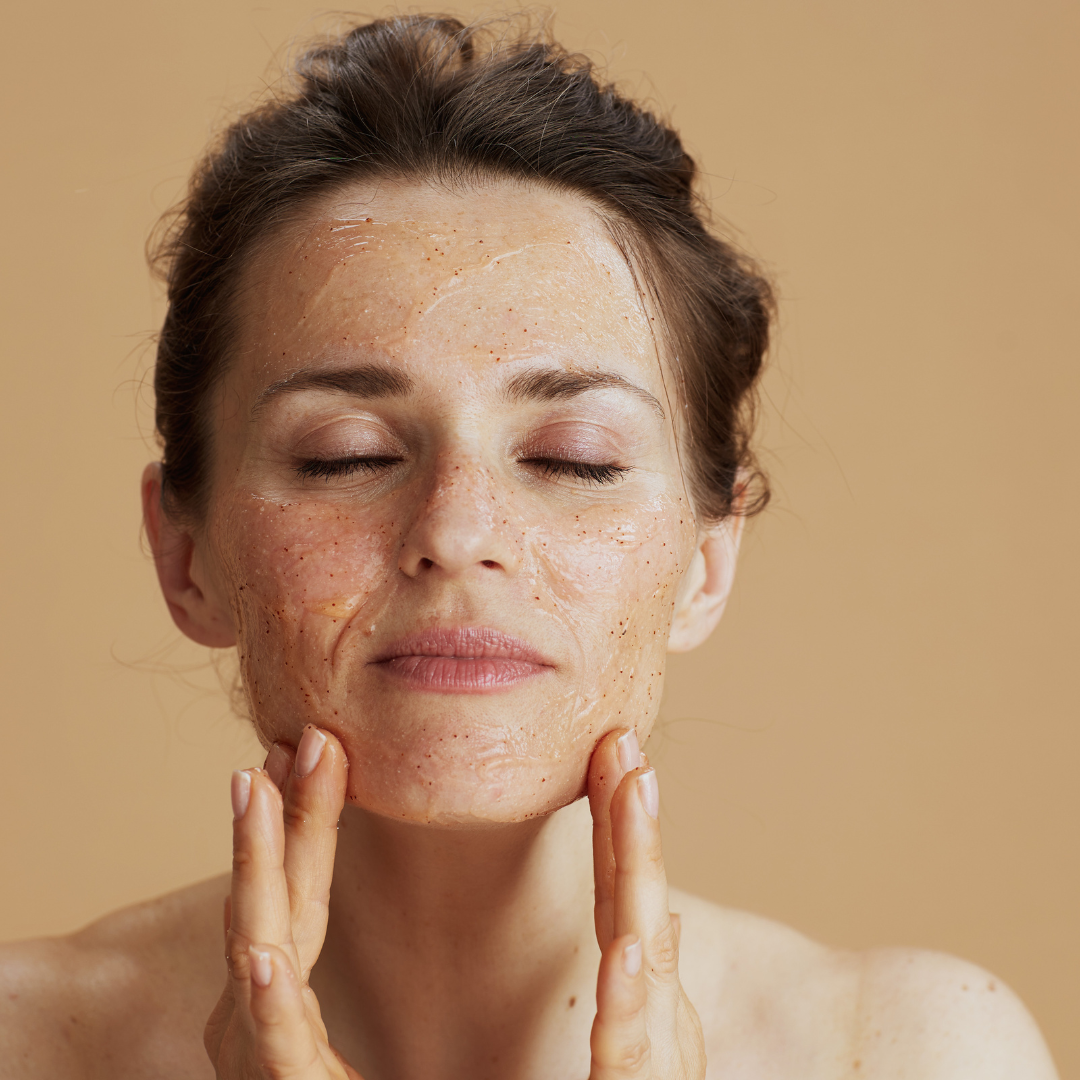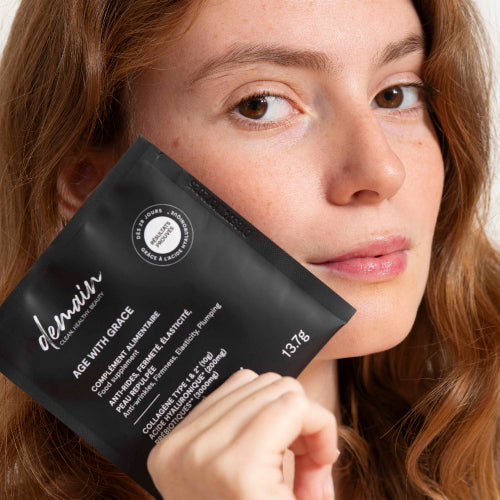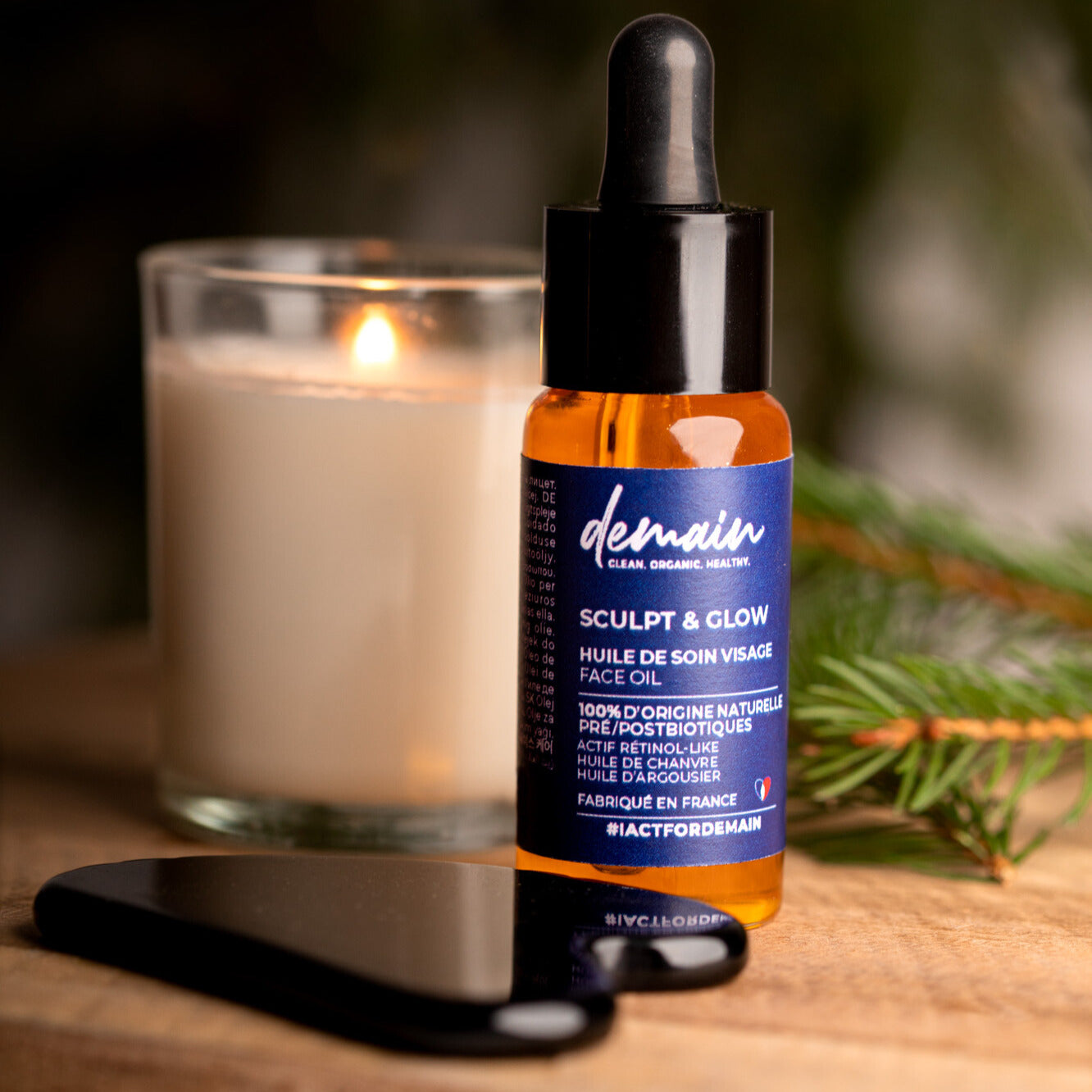Identifying dehydrated skin isn't always easy, as it's often mistaken for dry skin. However, there are telltale signs, such as a lack of suppleness and a feeling of tightness. A good skincare routine, including the use of creams, serums, and masks, is essential for retaining moisture in the skin and preventing dehydration. Find out how to spot and effectively treat dehydrated skin.
Symptoms of dehydrated skin
There are several signs that your skin is dehydrated. The appearance of your skin can be a key indicator: dehydrated skin can look dull and lack radiance. It may also have more pronounced fine lines and expression lines.
The sensations you experience are also very revealing. Dehydrated skin often causes feelings of discomfort, including tightness or itching.
The appearance of scales , small dead skin flakes that peel off, is also a common symptom. These scales can appear anywhere on the body, not just on the face.
Other, more subtle signs may also be present. For example, darker circles under the eyes or a rough or even ridged skin texture.
It is crucial to know these symptoms so that you can react quickly and prevent the skin from becoming further dehydrated.
Understanding the causes of skin dehydration
Skin dehydration can be caused by various factors, both internal and external.
Internal factors : Insufficient water consumption can affect skin hydration. Chronic diseases, such as diabetes, can also lead to skin dehydration.
External factors : The environment plays a major role in skin hydration. Intense cold, wind, sun, and a lack of humidity in the air can all contribute to skin dehydration. Furthermore, using harsh hygiene products or using water that's too hot when bathing or showering can alter the skin's hydrolipidic film and promote water evaporation.
Hormonal changes, such as those related to the menstrual cycle or menopause, can also affect skin hydration.
Finally, stress and lack of sleep can cause skin dehydration, so taking care of your overall health is essential to maintaining beautiful skin.
Dry skin versus dehydrated skin: the differences
Distinctive signs of dry skin
Dry skin has several specific characteristics. It often feels rough to the touch and may exhibit flaking, i.e., the presence of small particles of skin that flake off. This condition is usually accompanied by a feeling of tightness, especially after cleansing or exposure to adverse weather conditions.
Redness , irritation , and cracking are commonly associated with dry skin. Dry skin can also lack elasticity, resulting in skin that feels less supple and plump to the touch.
Dry skin is often sensitive, reacting excessively to external aggressions, such as wind, cold or unsuitable cosmetic products.
Finally, one of the most obvious characteristics of dry skin is the visual appearance . It can have a dull, lackluster appearance, due to a loss of moisture in the stratum corneum, the surface layer of the epidermis.
Distinctive signs of dehydrated skin
Dehydrated skin also presents its own distinctive signs. For one thing, it tends to be less smooth, with a rough feel. Tightness is often more intense, especially after washing. You may also notice streaks, especially around the eyes or on the cheeks.
Another indicator: loss of radiance . Skin that lacks water can appear dull, lackluster, and lack vitality. Darker circles may also appear under the eyes.
It is worth noting that unlike dry skin, skin dehydration is a temporary condition . This means that it is possible to restore the skin's water balance by adapting your skincare routine and lifestyle.
When should you consult a dermatologist?
Consulting a dermatologist is recommended when symptoms of skin dehydration persist despite the care provided. If your skin remains comfortable , feels tight , red , or has imperfections despite good daily hydration, professional intervention is necessary. Consulting a dermatologist is also recommended in cases of severe dehydration , or if other symptoms appear such as itching , red patches , or imperfections . The dermatologist will be able to provide you with personalized recommendations and treatments tailored to your specific needs.
How do you know if your skin is dehydrated?
Facial Skin Self-Assessment
Facial skin self-assessment is a key step in detecting dehydration. Start by carefully examining your skin in a well-lit mirror. Look for signs such as fine ridges, especially around the eyes and cheeks, and roughness to the touch. You can also perform the pinch test: gently pinch the skin on your cheek between two fingers. If it takes a while to return to its original shape, this may indicate dehydration. Also, note if you feel any tightness, especially after cleansing your face. These tight sensations, combined with a dull complexion and discomfort, can be signs of dehydrated skin.
Body Skin Self-Assessment
For a body skin self-assessment, the process is similar to that for the face. Observe your skin closely, especially after showering or bathing. Signs of dehydration may include tightness, itching, or the appearance of flakes, small particles of skin that flake off. The pinch test can also be applied to the body. When in doubt, note that body skin is generally more resilient than facial skin, so it can withstand richer or more concentrated products.
Professional tests to detect skin dehydration
Professional tests exist to confirm skin dehydration. These tests, performed by a dermatologist, may include a visual and tactile examination of the skin, as well as more specific tests. For example, skin analysis with Visia 7 can assess criteria such as skin texture and hydration levels.
Some dermatologists may also use specific diagnostic tests, based on three threshold values for each result, to assess the skin's dehydration status. These tests help identify potential factors for dehydration, including environmental changes or the use of harsh skin products.
Beauty routine for dehydrated skin
Choosing the Right Facial Cleanser for Dehydrated Skin
For dehydrated skin, choosing the right facial cleanser is crucial. Opt for a gentle formula, free from alcohol and harsh agents, to avoid further drying out the skin.
Certain types of cleaners are particularly suitable:
- Cleansing gels with moisturizing active ingredients such as hyaluronic acid or aloe vera.
- Cleansing oils , which effectively remove impurities while nourishing the skin.











